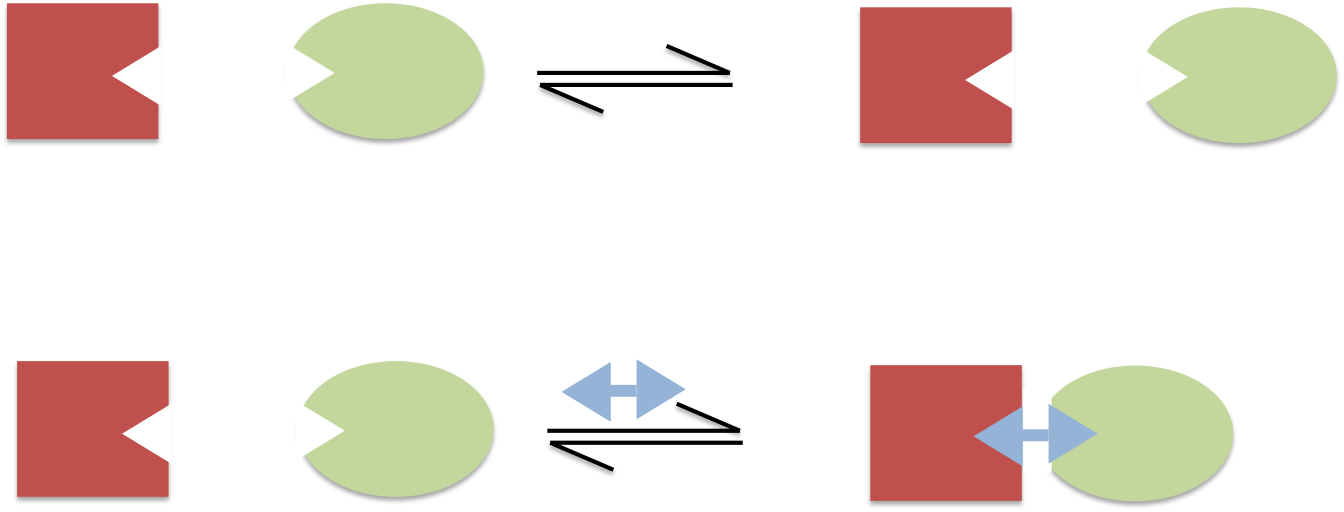Chemically Induced Dimerization on:
[Wikipedia]
[Google]
[Amazon]
Chemically Induced Dimerization (CID) is a biological mechanism in which two proteins bind only in the presence of a certain small molecule, enzyme or other dimerizing agent. Genetically engineered CID systems are used in biological research to control protein localization, to manipulate signalling pathways and to induce protein activation. 

History
The first small molecule CID system was developed in 1993 and used FK1012, a derivative of the drugtacrolimus
Tacrolimus, sold under the brand name Prograf among others, is an immunosuppressive drug. After allogeneic organ transplant, the risk of organ rejection is moderate. To lower the risk of organ rejection, tacrolimus is given. The drug can als ...
(FK506), to induce homo-dimerization of FKBP
FKBP, or FK506 binding protein, is a family of proteins that have prolyl isomerase activity and are related to the cyclophilins in function, though not in amino acid sequence. FKBPs have been identified in many eukaryotes, ranging from yeast to ...
. This system was used ''in vivo'' to induce binding between cell surface receptors which could not bind in the normal way because they lacked the transmembrane and extracellular domain. Addition of FK1012 to the cells caused signal transduction.
Chemically induced dimerization systems
Applications
CID has been used for a number of applications in biomedical research. In most applications each dimerizing protein is expressed as part of a fusion construct with other proteins of interest. Adding the chemical dimerizing agent brings both constructs into proximity with each other and induces interactions between the proteins of interest. CID has been used to regulate and monitor gene transcription, signal transduction and post translational modifications in proteins. Recently, CID has also been used to create a basic component of biocomputers, logic gates, from genetically manipulated cells. In this application, two independent CID systems, one based on plant proteins and one based on bacterial proteins are expressed in the same cell. Each set of proteins can be induced to dimerize by the addition of a separate chemical. By creating fusion proteins with the dimerizing proteins, membrane bound proteins and proteins that activate cell ruffling anAND gate
The AND gate is a basic digital logic gate that implements logical conjunction (∧) from mathematical logic AND gate behaves according to the truth table. A HIGH output (1) results only if all the inputs to the AND gate are HIGH (1). If not all ...
and OR gate
The OR gate is a digital logic gate that implements logical disjunction. The OR gate returns true if either or both of its inputs are true; otherwise it returns false. The input and output states are normally represented by different voltage lev ...
can be created that take chemical dimerizing agents as inputs and returns a ruffled or unruffled state as output.
References
{{Authority control Biotechnology Genetic engineering Biochemistry methods Protein–protein interaction assays Cell biology